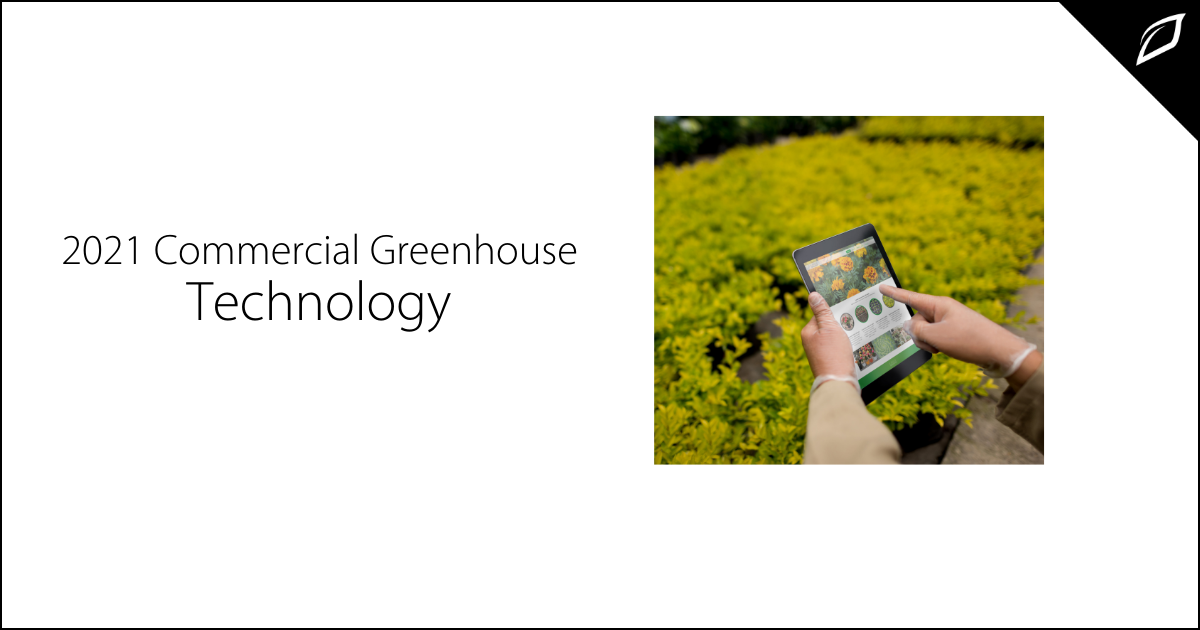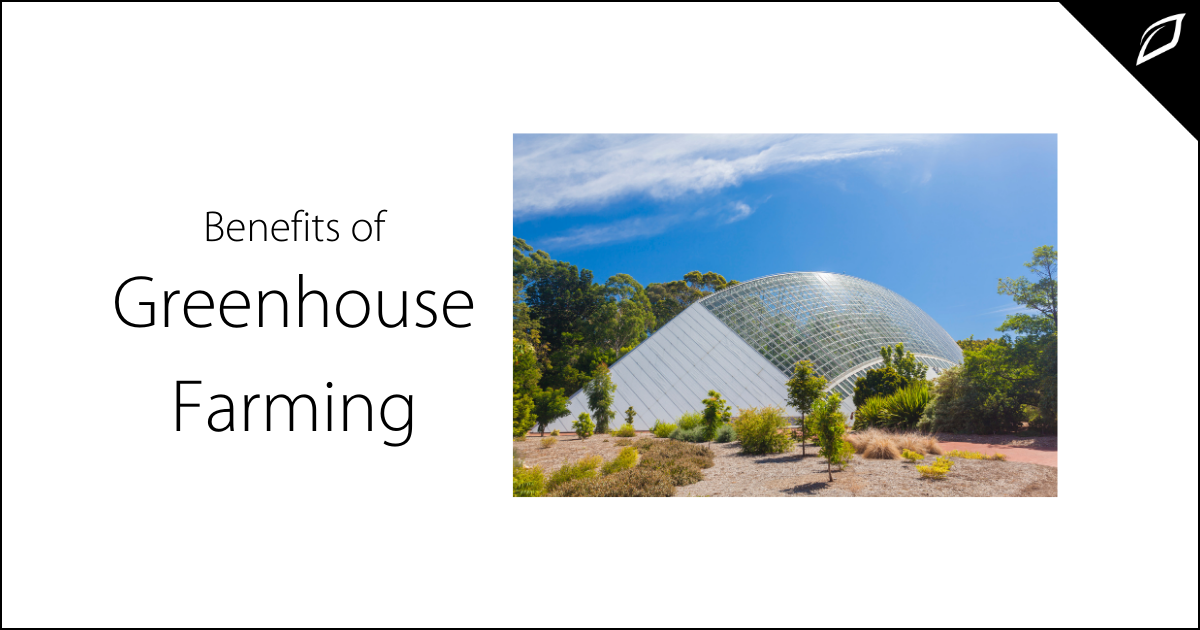2021 Greenhouse Technology
In a world where technology moves at an unprecedented pace, commercial growers require productivity and predictability in their greenhouse...
.png)
Agriculture has never been a get-rich-quick venture. Even in the best of seasons, commercial greenhouse profit margins may be slim. Let's explore the factors that drive commercial greenhouses' profitability and consider what cutting-edge technological remedies can help growers operate cost-effectively.
What is a Smart Greenhouse?
A smart greenhouse utilizes advanced technology automation to control the most crucial factors that affect crop yields, like temperature, ventilation, light exposure, moisture, nutrient dosing, and more. Let's explore the ways that smart greenhouses increase profitability by examining opportunities for improvement.
Decreased Crop Loss
Greenhouse growers are susceptible to all the same hazards as the farmer in the field. Disease and infestation are ongoing risks, especially in the absence of adequate monitoring and control efforts.
Crop loss decreases yields and impacts the bottom line—manual methods of nutrient mixing, watering, and monitoring increase the likelihood of crop loss. Taking proactive steps to manage the variables by utilizing automation can mitigate crop loss.
Manual Management
Manual management strategies aren't as efficient or profitable as one that takes advantage of modern automation. Growers who fail to turn off the lights when the sun is shining are burning through profits. Hand mixing nutrients in large batches can waste pricey resources.
Watering by Estimate
Estimating the amount of water your plants need often leads to over or under watering and can produce less than optimal yields. Manual means of watering are also problematic since they limit the grower's flexibility.
Technological fixes are available to make watering more efficient, freeing up the grower's time and ultimately improving profitability.
Neglecting Analytics
Greenhouse growers may never know how much money they are losing without implementing an analytics platform. For the modern grower, analytics are at the heart of the effort to drive profitability. Charts, graphs, reports, and comparative metrics all help paint the picture of what is and isn't working.
The Smart Greenhouse Solution
Greenhouse operators can overcome diverse challenges and maximize profitability with a new platform solution that combines hardware and software assets.
The most advanced systems merge wireless monitoring and management in an app-driven environment, providing growers remote access to their operation.
Wireless systems are scaled to fit any size operation, from a single room to a more complex growing environment. Sophisticated rules control external hardware based on timers, schedules, or sensor readings that may detect pre-determined variables in air temperature, humidity, CO2, vapor pressure, barometric pressure, and light.
Hardware such as heaters, lights, and dehumidifiers can be controlled remotely based on set instructions, sensor readings, or operator intervention. Sophisticated irrigation solutions can respond to built-in modeling of water demand, including light accumulation, evapotranspiration, leachate volumes, and EC measurement. Sensors can be calibrated for the specific needs of substrates used in your greenhouse.
Specialized nutrient dosing hardware can be implemented for precision nutrient, additives, and pH management.
Analytics tie it all together, delivering exportable data, charts, and other key metrics to show at a granular level the precise outcomes of all these combined efforts. Growers can use this data to fine-tune operations and maximize their ROI.
With a solid hardware infrastructure, smart software, and meaningful analytics, growers can keep profit loss in check and derive the maximum payback for their efforts.
.png?width=1200&name=How%20Smart%20Greenhouses%20Increase%20Profits%20(1).png)

In a world where technology moves at an unprecedented pace, commercial growers require productivity and predictability in their greenhouse...

Greenhouse farming has been a part of our growing history worldwide since at least the Roman era. But evolving technology and climate change are...
.png)
The modern greenhouse utilizes technology to automate many daily tasks associated with a bustling grow operation. It can be confusing and...